My places in Maputo are not the new malls by the sea or the shopping centres with violet lights.
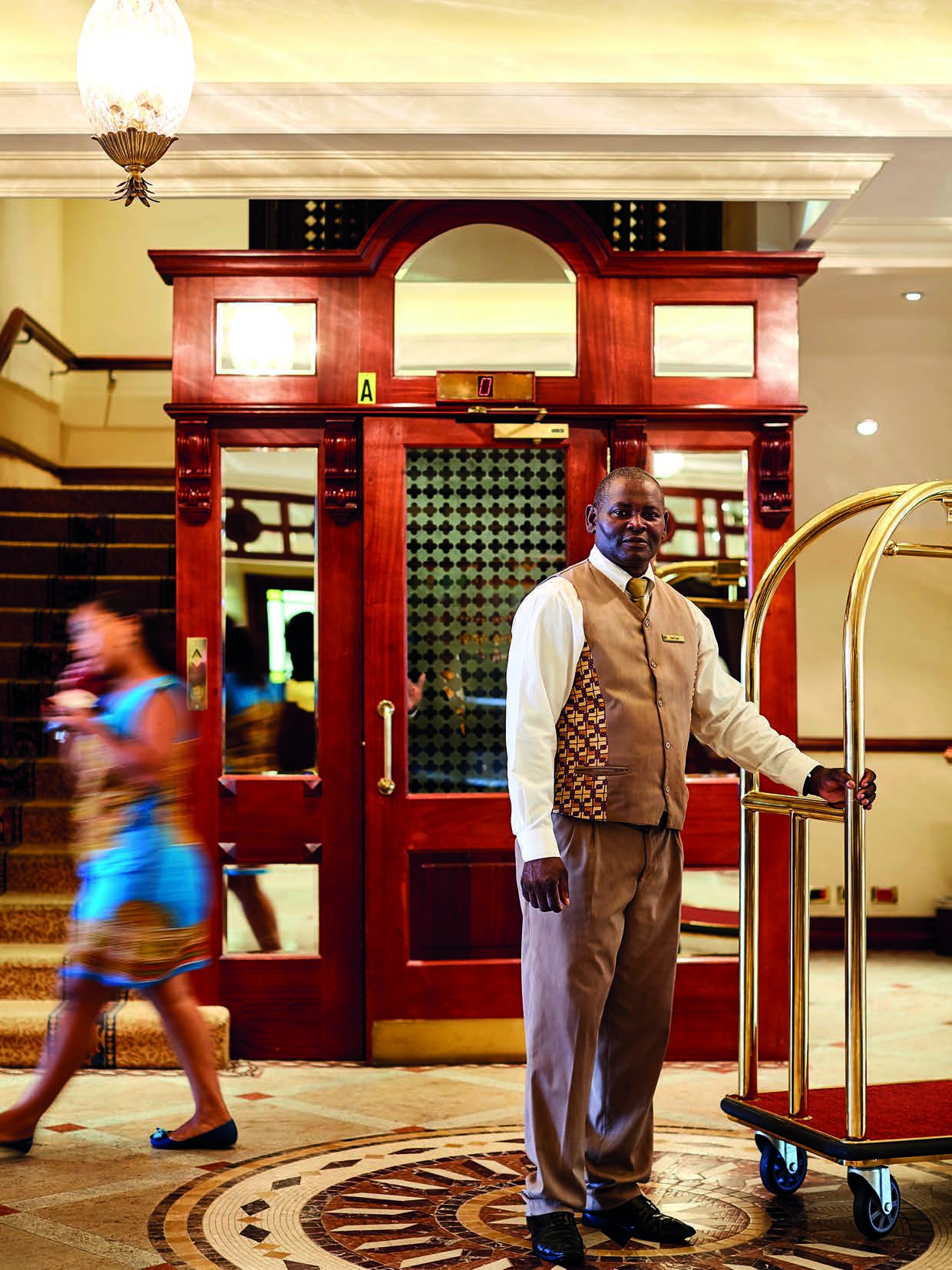
My places in Maputo are not the new malls by the sea or the shopping centres with violet lights. I still like to go downtown, to the Central Market on Avenida 25 de Setembro. The colors are vibrant and the atmosphere is always cheerful. Vegetables, fruit, fish, meat, trinkets and locks of hair, and a huge section of handicrafts. I always visit Casa Elefante, right in front of the bazaar, to enjoy the latest capulanas. I also like to go to the Janete market, at the end of Avenida Mao Tse Tung, because it offers a huge variety of fresh products and a large section of second-hand clothing and shoes. From there I head to FEIMA, the space dedicated to handicrafts in Parque dos Continuadores, where I can eat the rich and varied Mozambican food – which isn’t just composed of grilled prawns!
If I were your guide, I would tell you about the art of Mozambique, which, like the country, results from multiple cultural relationships. Malangatana, Chissano, Bertina Lopes, Shikani, and many others, remain immortal symbols and sources of inspiration. Currently, art in Mozambique is experiencing a moment of transition with artists exploring other expressions and directions in contemporary art: the diversity and complexity of the styles and sounds present, result- ing from the mixture of both traditional and global in- fluences, while the sense of collaboration that seems to be constantly growing is finally helping to show the intricacies of the scene outside the city.
I would show you all the beauty of the murals by Naguib and other artists in various parts of the city and we would go together to visit the art exhibitions. Firstly, the National Museum of Art, which opened to the public in Maputo in 1989, in the old City Hall, on the initiative of Malangatana. In the space behind the museum, we find Makonde sculptors who make some of Africa’s most unusual and appealing masks: the whole head is sculpted and not just the face. And while most African masks are abstract, the refinement of the Makonde carving grants them an almost realistic quality.
We would take a detour to the Art Center, which maintains the spirit of an art workshop and exhibition space. It was here that Gonçalo Mabunda, the world-renowned sculptor with his chairs and crucifixes made of weapons, started. His sculptures have long ceased to integrate only weapons. But he can’t resist an AK-47! He opened the doors of his residence and, together with the photographer Mauro Pinto, created the project Karl Marx 1834, to show the most diverse artistic manifestations in the city of Maputo. Then we would go to the Eduardo Mondlane University to visit its national art collection. We would pass by the BCI Media Library and then we would go to Kulungwana – Association for Cultural Development, which, among other activities, has a gallery space with a regular program of exhibitions.
There is certainly something to see at the Fernando Leite Couto Foundation that, every week, in addition to meetings with young writers, organizes exhibitions of all artistic expressions, painting, sculpture, photography, outlining the cultural agenda of the Mozambican capital. Then it would be back to 16 Neto, a unique space for joint, creative and cultural work.
The next day, I would invite you for a morning walk on the “promenade” of the Avenida Marginal because, al- though Maputo is a city that offers a wide range of activities, facilities and spaces to practice different activities, I like the “promenade” up to to the new Fish Market and to watch the Island of Xefina in the background.
We would do the three-hour walking tour through the historic district of Mafalala, where great personalities of the country’s history lived: Samo- ra Machel, Noémia de Sousa, José Craveirinha, Eusébio…and we would eat bread with badjias.
I would also challenge you to eat delicious gulabos at the store of the Hindu Temple, on Avenida Guerra Popular, and then I would invite you to have a drink at the Dhow or at the Cardoso Hotel to enjoy the Maputo sunset which, despite all attempts, is always “taller” than new buildings that want to reach the sky.
▶ HOW TO GO
LAM flies to Maputo from Lisbon, Dar-es-Salam, Nairobi and Johannesburg.
▶ WHERE TO STAY
The Figtree Guesthouse, in the heart of Sommerschield, is an elegant and welcoming bed & breakfast. The Polana Serena Hotel, at Avenida Julius Nyerere 1380, is the oldest hotel in the Mozambican capital.
▶ WHERE TO EAT
Campo di Mare, on the Marginal, has a wonderful balcony that overlooks the bay and serves fresh handmade pasta, crab salad, octopus carpaccio, etc. Zambi, on Avenida 10 de Novembro, is considered one of the best restaurants in Maputo. With great history and tradition, it serves tuna and seafood and a superlative steak, among other dishes from the rich menu. Lugar e Meio, on Avenida Francisco Orlando Magumbwe, with its young and welcoming atmosphere, serves falafel, braised tuna and its famous matured meat.
Text: PAOLA ROLLETTA
Photo: VASCO CÉLIO
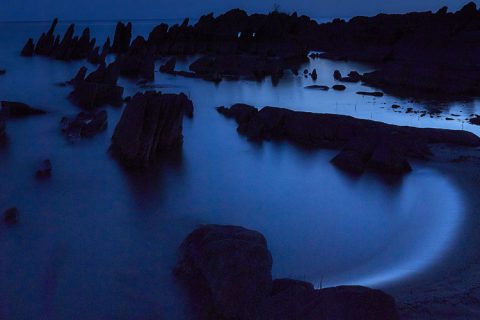
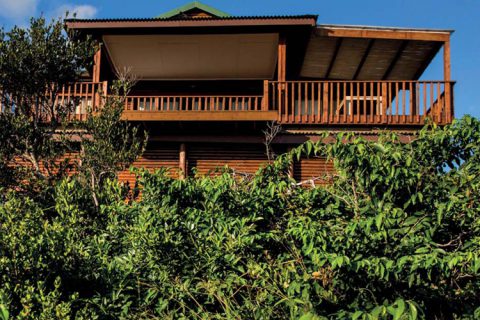

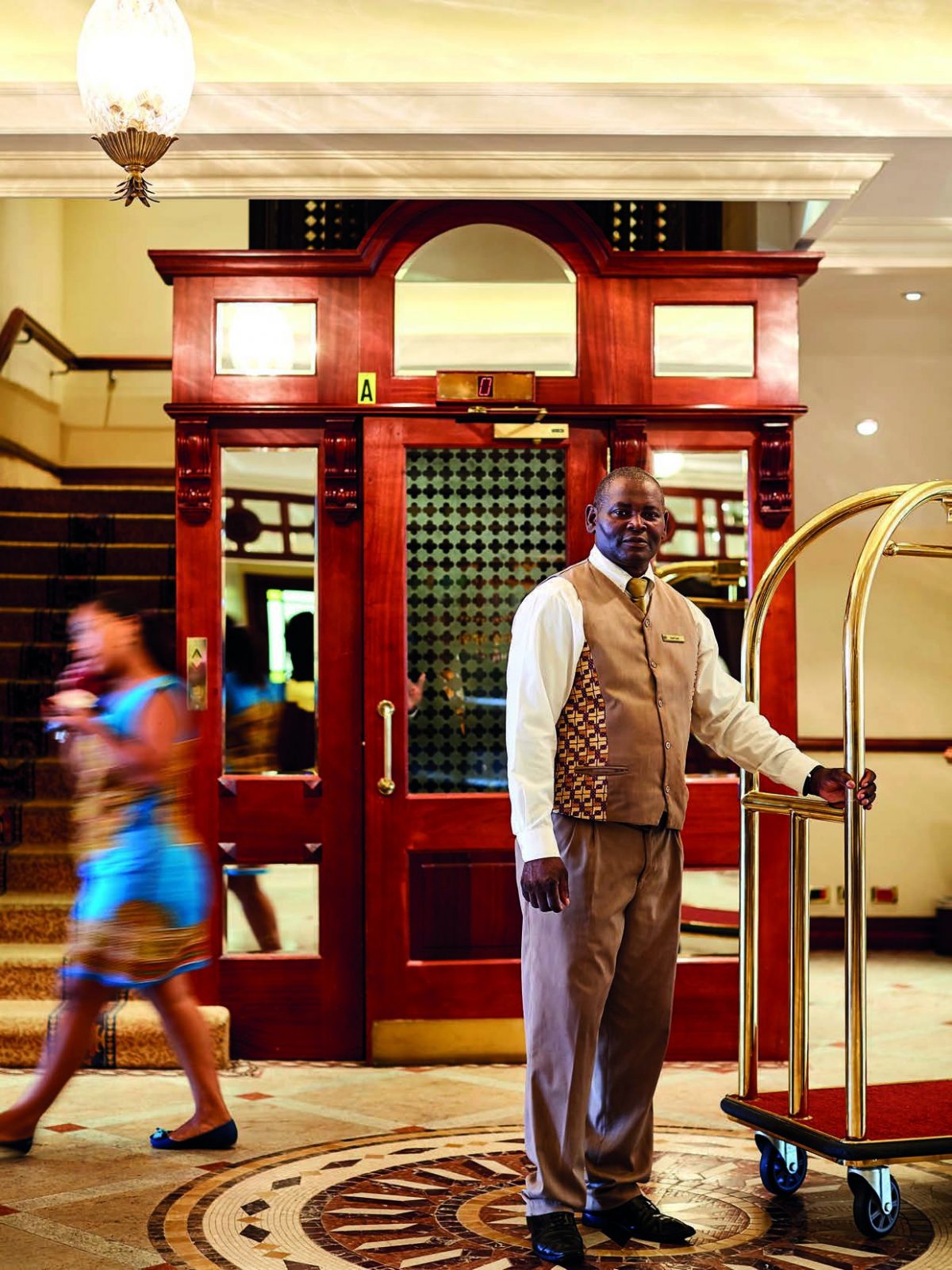
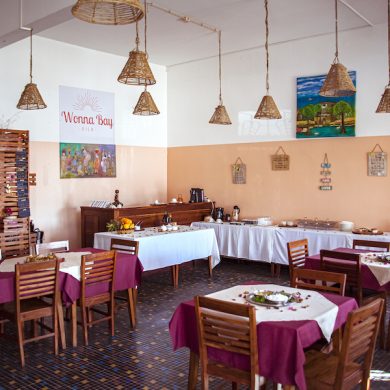
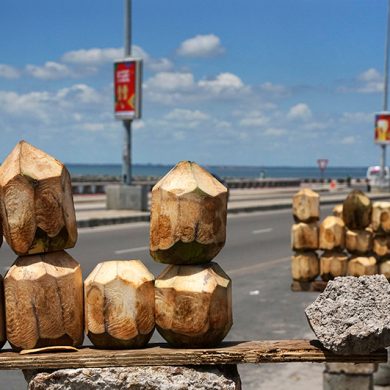

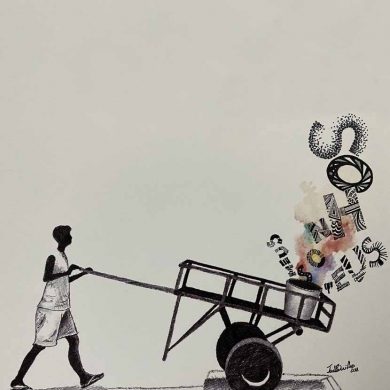
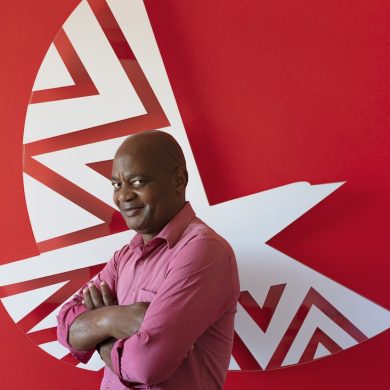
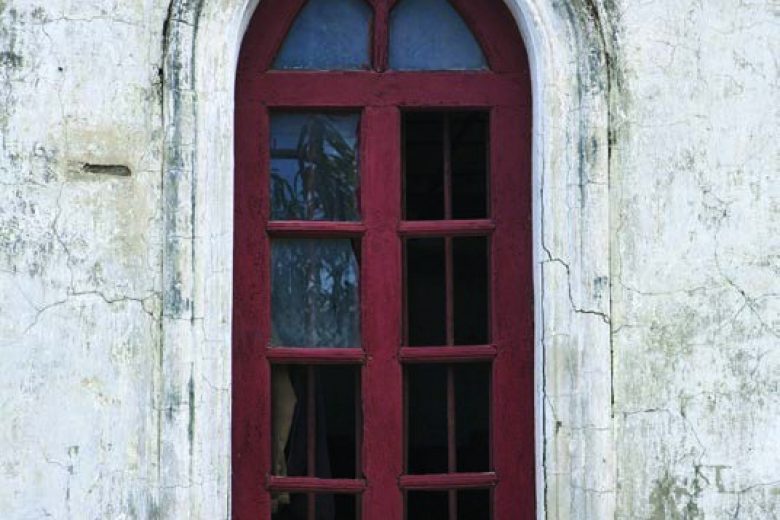
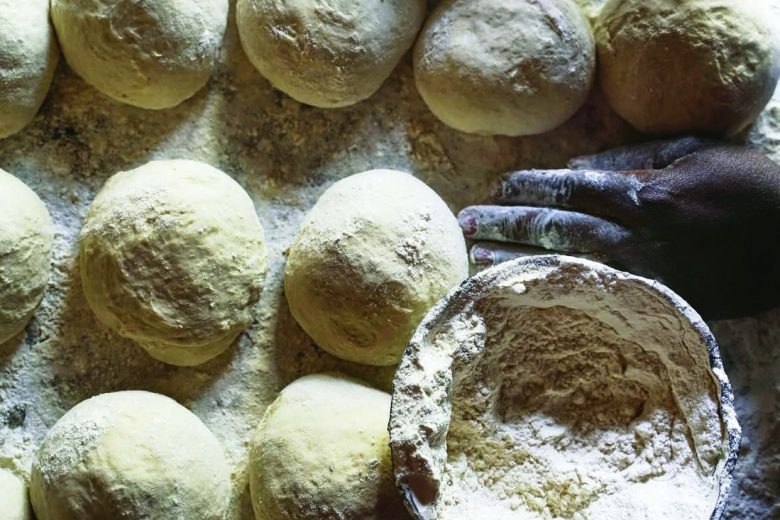










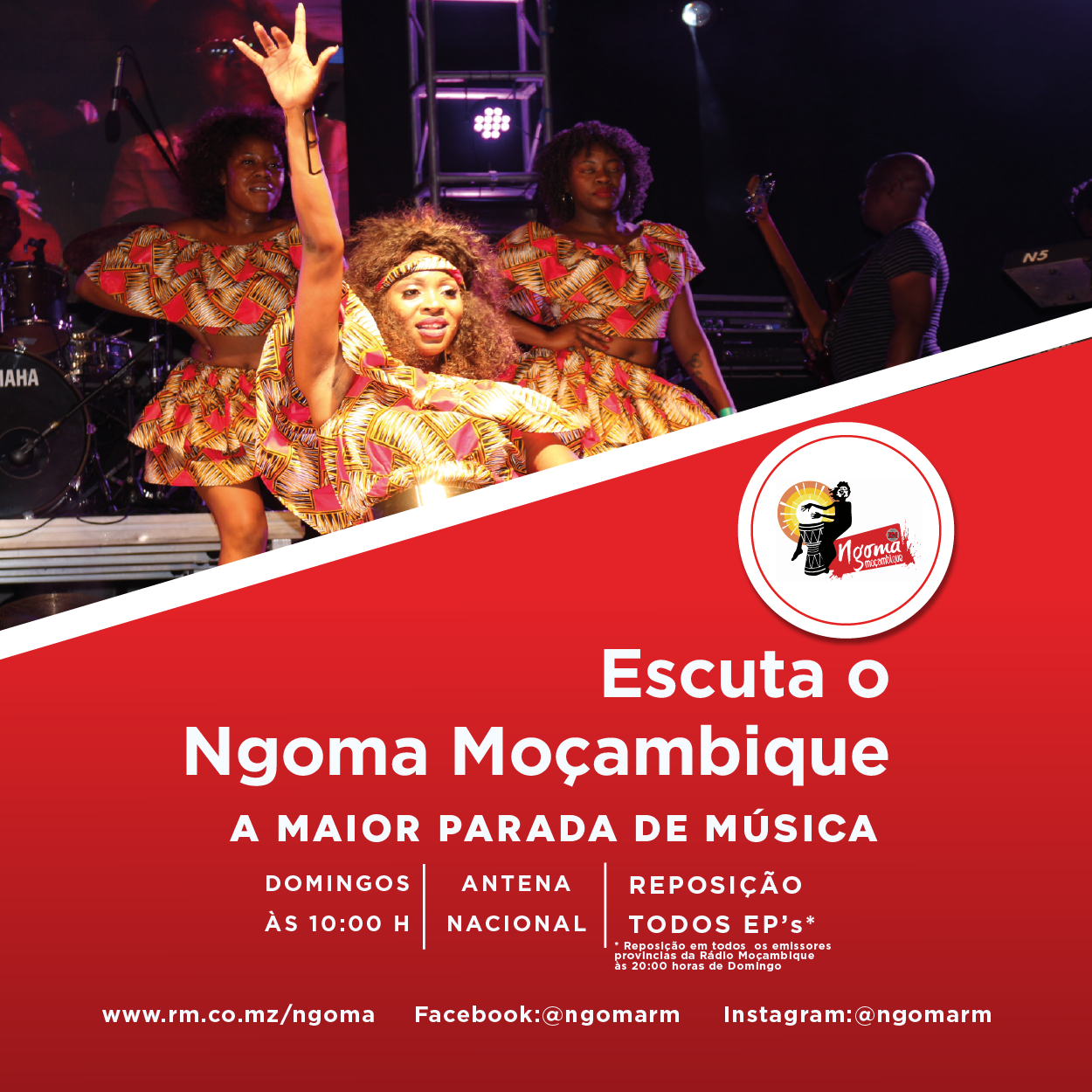
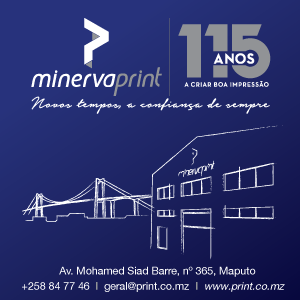





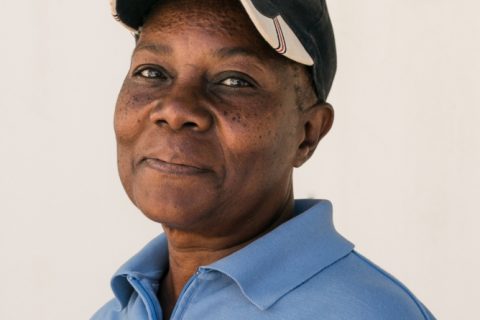
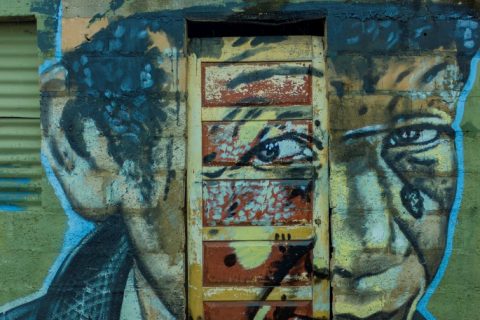

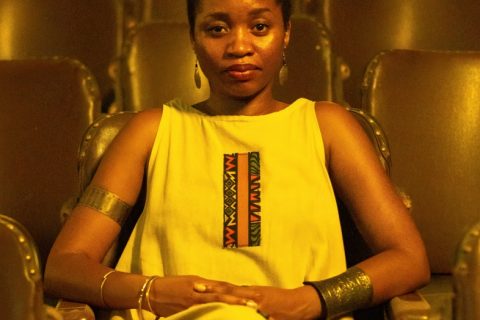
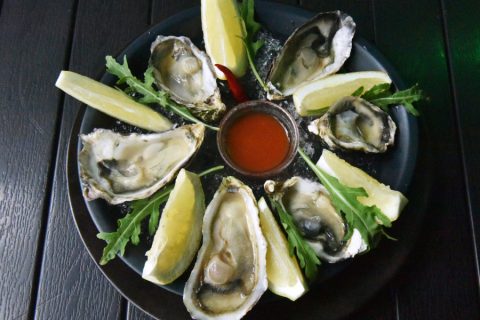
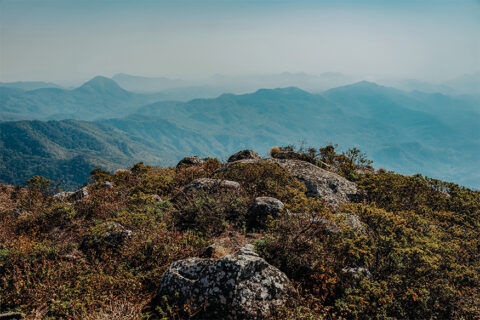


0 Comments